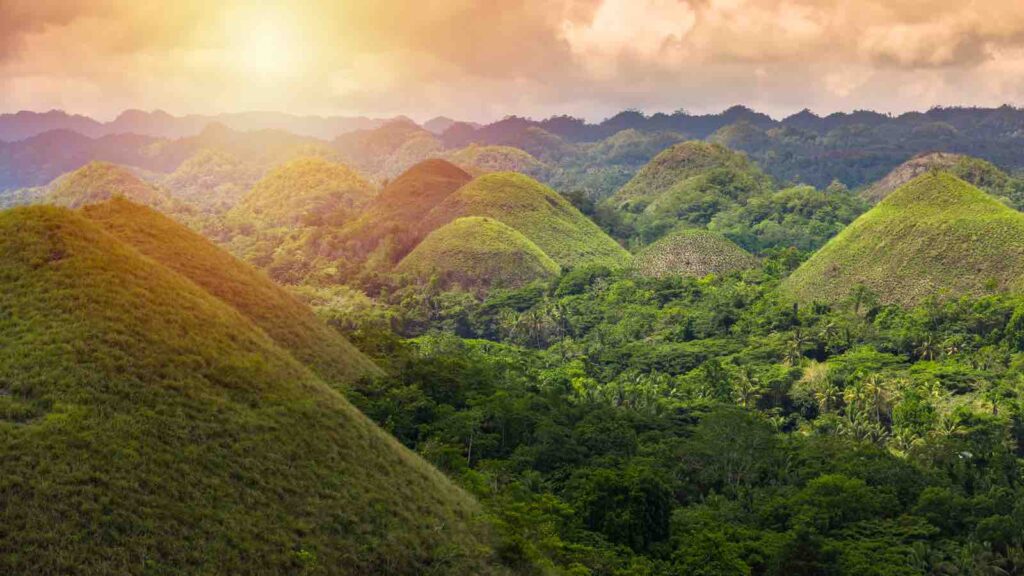Indigenous leaders have signed an agreement to generate revenue through carbon credits, allowing corporations to offset their emissions by investing in forest conservation.
For 12,000 Indigenous Pala’wan people, the forests of Mount Mantalingahan in Palawan are more than just land. They provide food, medicine, and income—while serving as a vital carbon sink in one of the Philippines’ last remaining ecological frontiers. But illegal mining, logging, palm oil plantations, and land grabs have stripped away over 20% of these upland and mangrove forests in the past two decades.
RELEVANT SUSTAINABLE GOALS
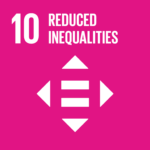
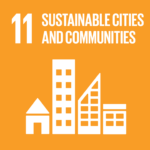
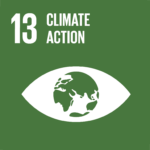
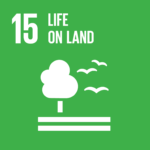
Now, in a bold effort to protect their land, Indigenous leaders have signed an agreement to generate revenue through carbon credits, allowing corporations to offset their emissions by investing in forest conservation. The initiative, the first Indigenous-owned carbon project in the Philippines, could provide a model for other communities worldwide. But as carbon markets remain controversial, questions loom: Can this system truly benefit Indigenous people, or will it become another tool for exploitation?
The Deal: How Carbon Financing Could Save Indigenous Lands
Last month, two ancestral domains in Mount Mantalingahan’s 97,000-acre protected landscape signed a landmark agreement with Conservation International and the Philippine National Commission on Indigenous Peoples.
The deal will allow Indigenous communities to:
- Quantify and verify carbon capture from their conservation efforts.
- Sell carbon credits to investors seeking to offset their emissions.
- Use the revenues for community-led conservation and sustainable livelihoods.
For Panglima Norlito Silnay, a leader of the Pala’wan Indigenous group, the initiative represents a turning point—but only if the community retains full control.
“Some investors only wanted to use and destroy our forests, not to improve the lives of Indigenous peoples,” Silnay said, emphasizing the need to prevent outside interference.
A Battle for Indigenous Ownership
Despite legal protections, many Indigenous Filipinos struggle to secure official ancestral domain titles, leaving them vulnerable to encroachment. The global demand for energy transition minerals—like nickel and cobalt, essential for batteries—has further intensified pressure on Indigenous lands.
According to the 2024 State of Indigenous Peoples Address Report, these economic forces threaten to displace local communities in the name of “green development.” The carbon project aims to put control back into Indigenous hands, setting a precedent for community-led conservation.
Wilson Barbon, Philippines director of Conservation International, said the agreement recognizes Indigenous groups as rightful benefactors of carbon captured by their forests.
“We will only help them develop their carbon assets by building their capacity to run their own carbon project in the long term,” Barbon explained.
But the project faces a 25-year commitment to keeping the forests intact—a challenge requiring strict land-use management, forest patrols, and sustainable farming alternatives.
Carbon Markets: A Global Debate
The initiative comes as the Philippines lags behind in formalizing a national carbon trading system. While voluntary carbon markets exist, they face intense scrutiny.
Critics argue that:
- Carbon credits allow major polluters to continue emitting greenhouse gases, effectively buying their way out of reducing emissions.
- Verification remains a challenge, with disputes over how much carbon projects truly offset.
- Indigenous communities could be left out of financial benefits if carbon pricing and regulations remain unclear.
“We recognize that there are concerns,” said Barbon. “Our position is that instead of shutting down the entire system, we strive to improve it.”
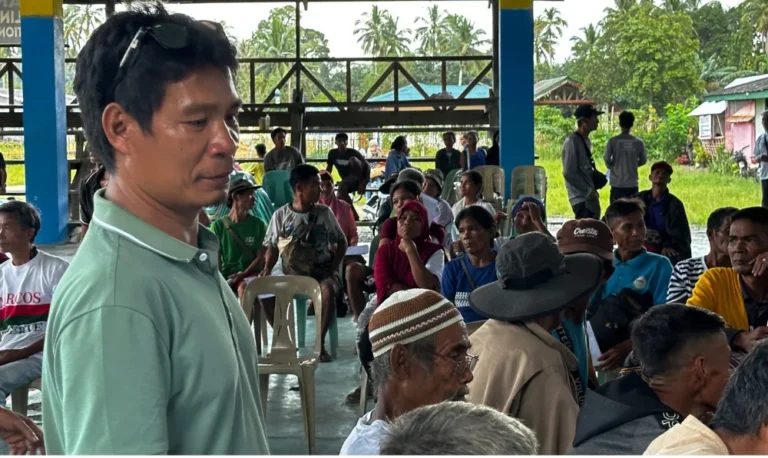
It took eight years for Silnay’s community to negotiate this agreement. While it marks progress, revenues from carbon credits won’t arrive until next year. Until then, Conservation International will pay Indigenous community members the minimum wage to participate in conservation efforts.
Even when profits begin flowing, the government’s ancestral domain management office will determine an annual budget, ensuring funds are spent on community development. Indigenous representatives will play a role in managing the financial benefits—but challenges remain in ensuring fair distribution.
A Model for Indigenous-Led Conservation?
For Romel Ligo, a Pala’wan pastor and community leader, the initiative is a step toward resolving long-standing divisions among Indigenous leaders over how to manage their land.
“We wanted to protect nature because this is where we get our sustenance—from food to livelihood and medicine,” Ligo said. “It is important for us to pass it on to the next generations.”
If successful, the project could set a global standard for Indigenous-led carbon financing, influencing similar efforts across Asia, the Amazon, and Africa. But its success depends on ensuring Indigenous autonomy, fair financial distribution, and preventing corporate greenwashing.
As the world accelerates toward carbon markets as a climate solution, the story of Mount Mantalingahan may determine whether these systems truly serve Indigenous communities—or merely exploit them in the name of sustainability.


